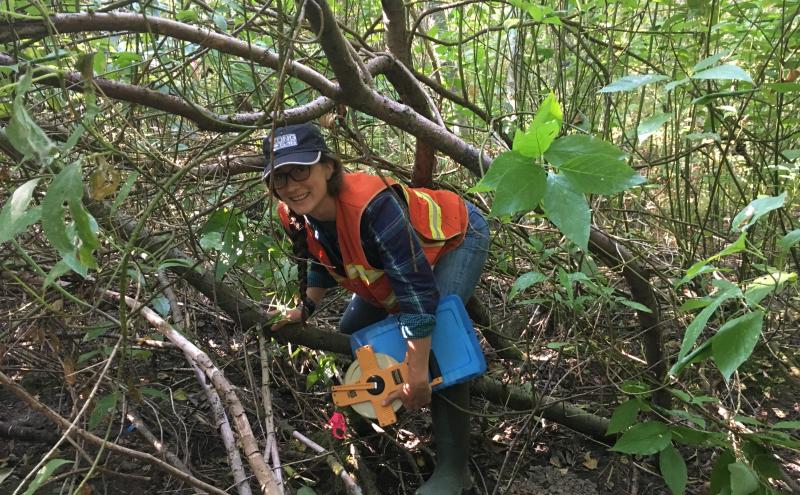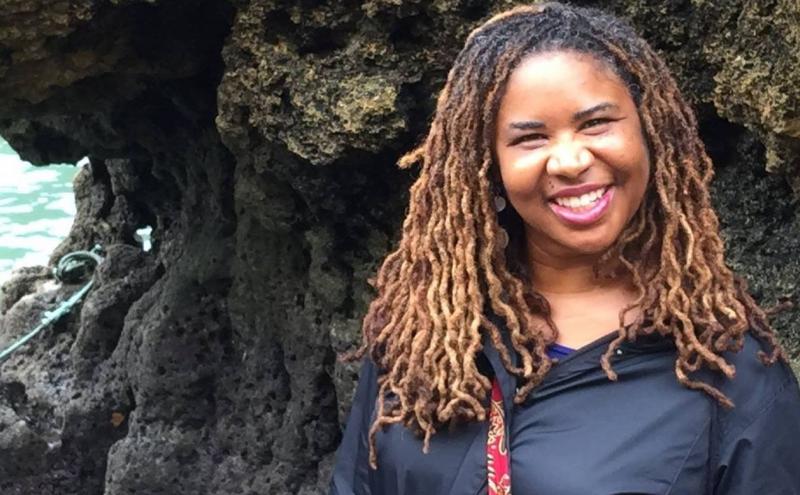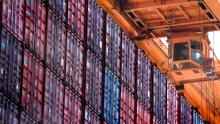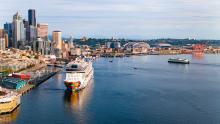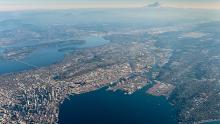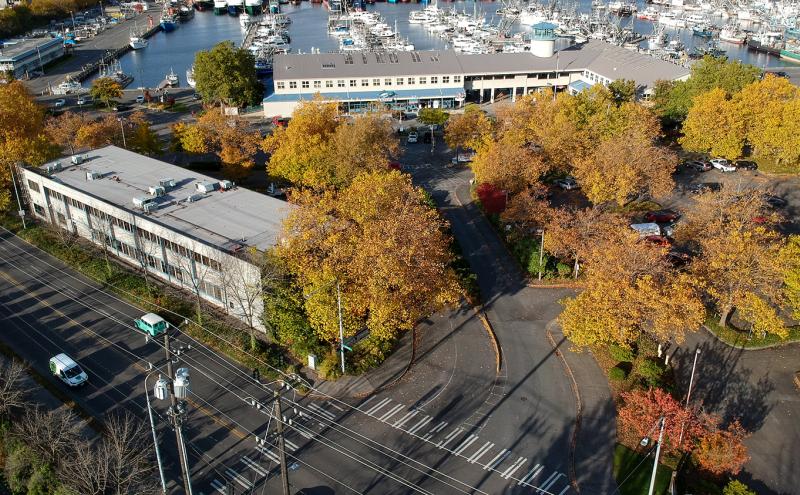
By Catherine Schmidt, Regional Transportation Graduate Intern
On my eighth birthday, I unwrapped a game of RushHour, a puzzle that requires the player to move cars across a grid to release a traffic jam.  Almost two decades later, I would reflect on this experience as I submitted graduate school applications to become a transportation planner. Much like this game, the first quarter of my graduate school experience felt like a simulation; we read hypothetical case studies and drafted memos to fake representatives. Then, a peer forwarded the Port of Seattle’s External Relations Graduate Internship position to me, and over the last five months traffic has never felt so real.
Almost two decades later, I would reflect on this experience as I submitted graduate school applications to become a transportation planner. Much like this game, the first quarter of my graduate school experience felt like a simulation; we read hypothetical case studies and drafted memos to fake representatives. Then, a peer forwarded the Port of Seattle’s External Relations Graduate Internship position to me, and over the last five months traffic has never felt so real.
This internship has supplemented my theoretical academic education with real-life transportation planning. For example, an early research project for the Port required me to review national examples of driving lanes that function as both public bus and delivery truck lanes. This is not a topic we were discussing in school; yet I, like almost anyone who has ever been on a street, have experienced bad traffic. Cities across the country are using innovative methods to see if there are ways to reduce congestion without eating up more valuable real estate. Utilizing existing public bus lanes for deliveries and shipments (which, by the way, share similar lane size and tend to peak at different hours than public buses), may be one way to do so.
Much of my work at the Port of Seattle has complemented my University of Washington degree specialization. Several months ago, for a Port project, I was reviewing the project details of the high speed rail project that will hopefully connect Vancouver, Canada to Portland, Oregon by way of Seattle. A few months later, a professor announced a similar project for my Comprehensive Planning class, so I knew immediately which data sources to use.
The Port of Seattle internship has challenged many of my preconceived notions of transportation and desired outcomes. As an avid bike commuter, I strive to expand bike lane access. But, prior to this position, I hadn’t considered the safety consequences of cyclists and large trucks sharing the same narrow streets. Additionally, both positions share a goal of reducing cars on streets to help individuals or goods arrive to their destination faster and with less interference.
Every day provides new learning opportunities at the Port. Here’s a sample of the wide range of topics I’ve worked on during this time:
- Attending meetings on the West Seattle Ballard Link Extension with a Port perspective on freight needs
- Updating the Port of Seattle’s Regional Transportation website and StoryMap
- Studying how transportation management organizations manage employee rideshare operations at LAX Airport
- Writing position papers on various controversial topics
Lastly, it is not possible to ignore the contributions of freight and shipping to Seattle’s identity and economy. I, like many other Seattleites, cannot function in the morning without a strong cup of coffee and my homemade breakfast burrito. Those commodities (coffee beans, tortillas, and even the computer I use to write this!) would not be accessible to me without the networks operated by the freight system. During my time with the Port of Seattle, I’ve joined meetings with local, regional, and state agencies as they discuss light rail stations, highway replacement, new bike lanes, and new forms of public transportation from a freight, airport, and goods perspective.
So my updated, broader, and more realistic view of traffic now makes RushHour look like child’s play. And I’m ready and better equipped for my career in transportation planning thanks to my experience at the Port.

